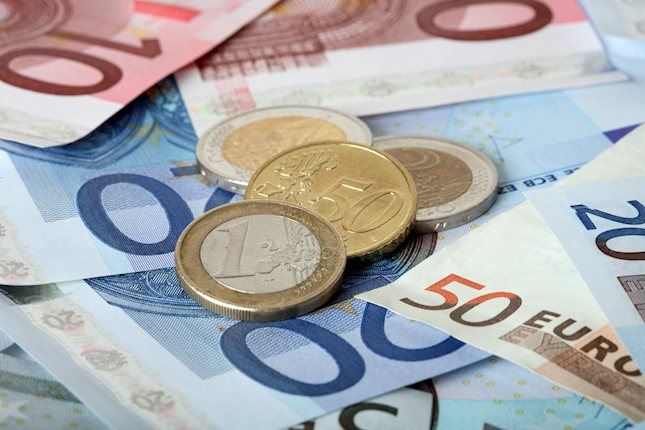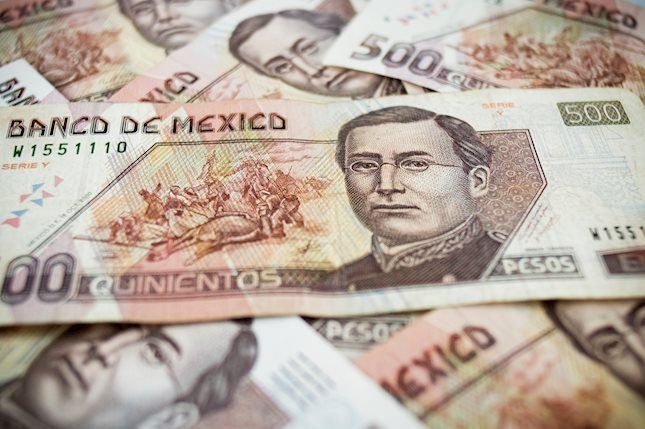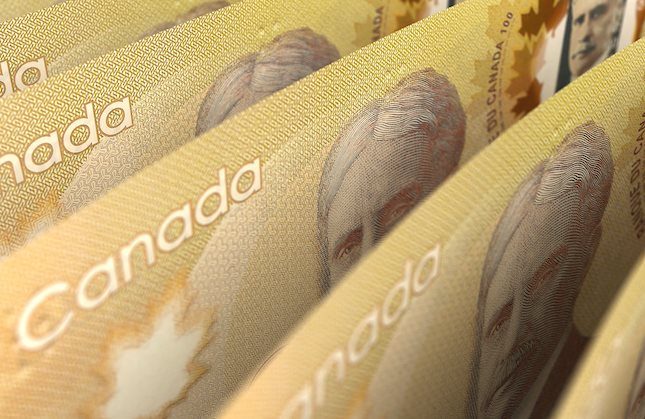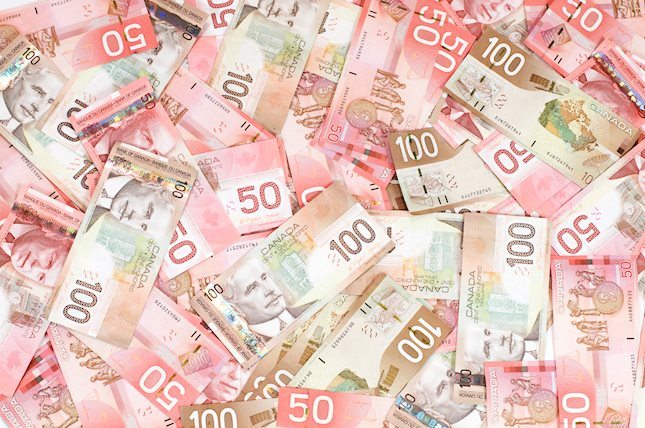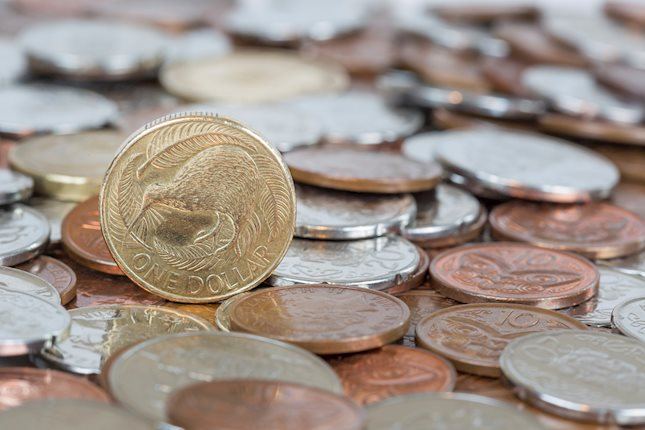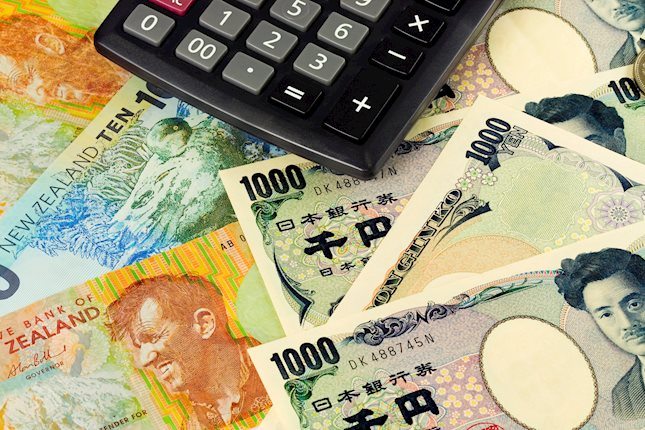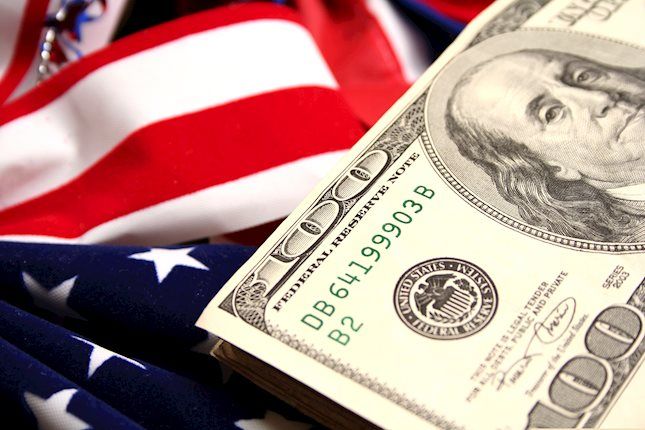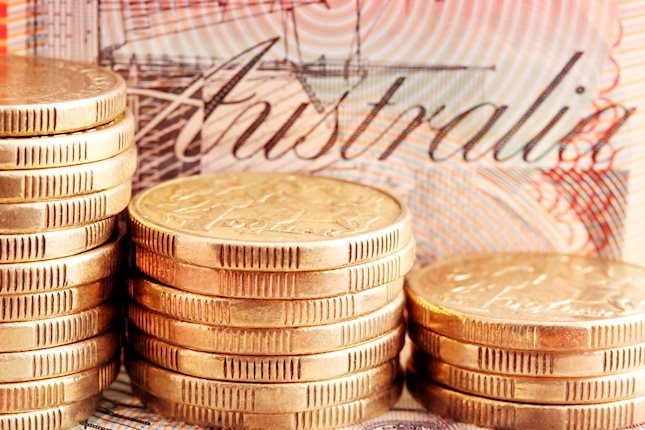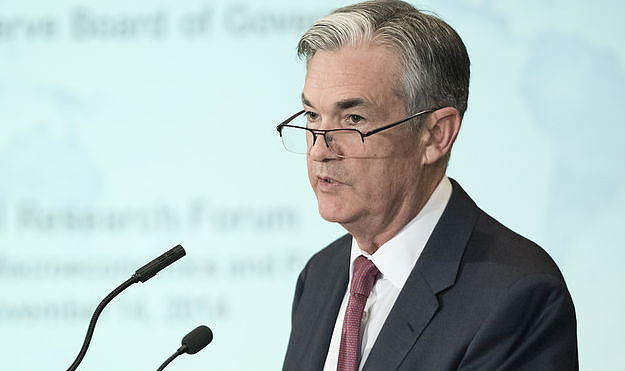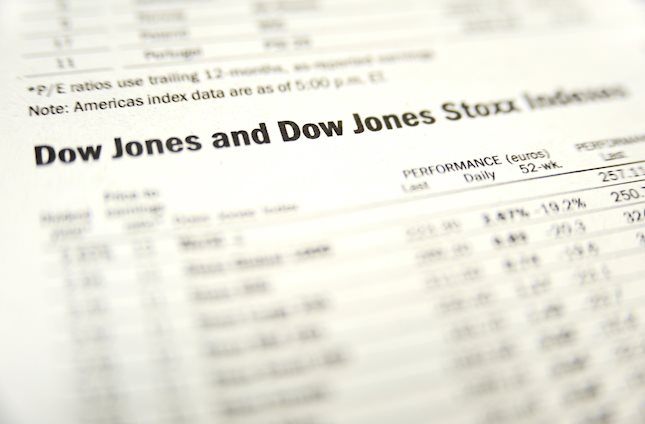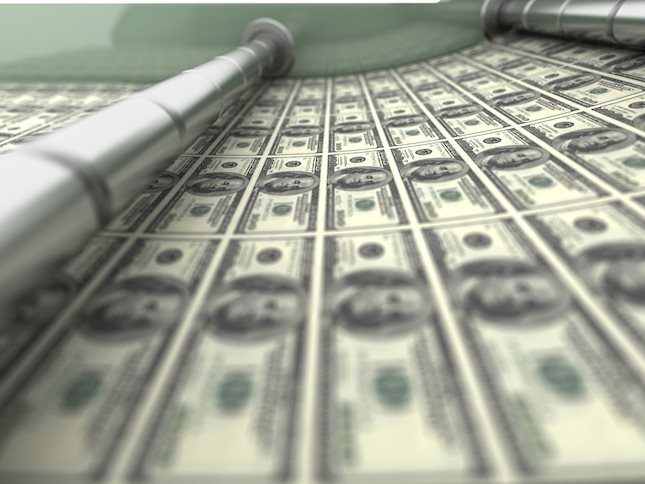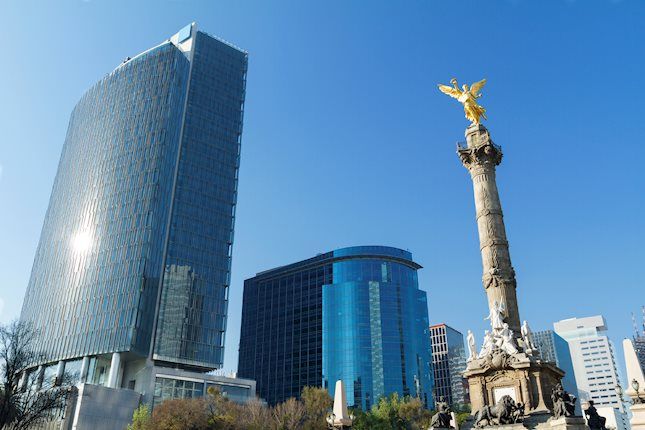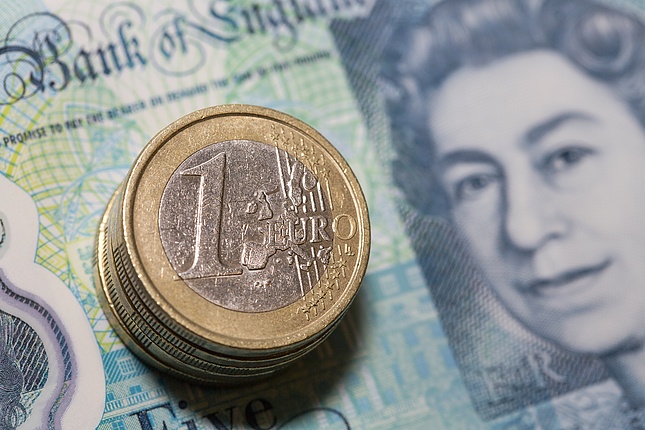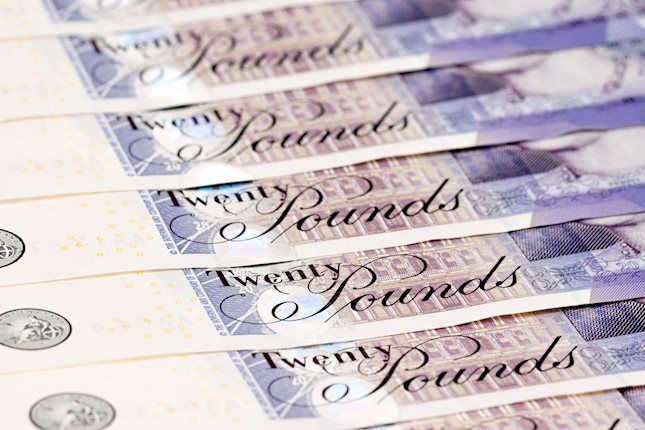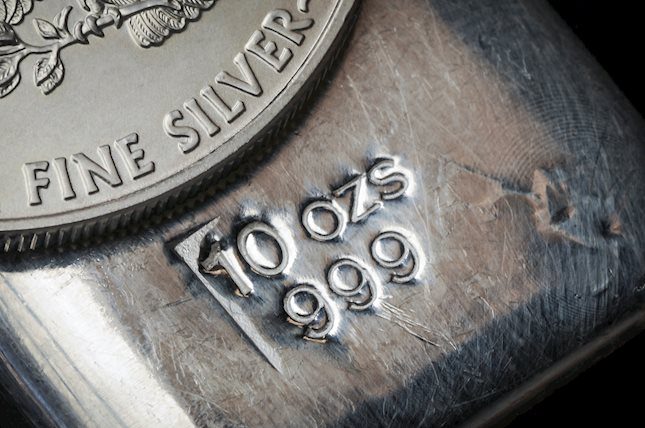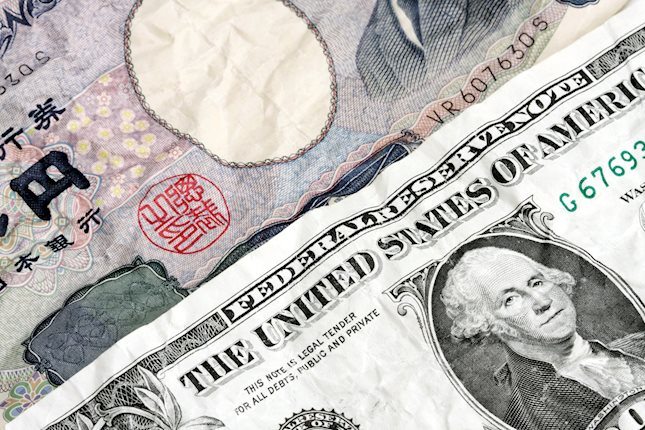Fed's Powell: We have space to cut rates if needed
Federal Reserve Chair Jerome Powell said on Thursday at an event in Dallas that with the economy growing steadily, a strong job market, and inflation still above the 2% target, there’s no need for the central bank to hurry into cutting interest rates. Instead, he emphasised that they can take their time and make thoughtful decisions.
Key Takeaways
Economy is not sending signals that US central bank needs to be in a hurry to lower interest rates.
Moving policy over time towards neutral, policy path is not preset
Says he expects inflation to continue to come down toward the 2% goal, on a 'sometimes bumpy' path.
The Fed is committed to finishing the job on inflation.
Economic strength gives the Fed the ability to approach its decisions carefully.
Total personal consumption expenditures price index likely rose 2.3% in October from year earlier (vs. 2.1% in September); core PCE likely rose 2.8% (vs 2.7% in September).
The Fed expects these rates to continue to fluctuate in recent ranges; watching carefully to be sure they do.
The labour market is solid, and inflation is on a sustainable path to 2%.
Recent U.S. economic performance has been remarkably good.
The labour market has cooled to a point where it is no longer a source of significant inflationary pressures.
The Fed is closely tracking the gradual decline in housing services inflation, which has yet to fully normalise.As we make decisions we are not thinking about wellbeing of any political party.
Political factors would be a distraction.
Fed has an obligation to explain ourselves to the public, to Congress.
Fed credibility is everything in our work.
It's widely understood by both sides of Hill, both parties, that an independent central bank is very important.
Too early to reach judgments on effect of Trump policies.
At December meeting staff will present what we know.
When it comes to fiscal policy it takes a long time to get a bill through.
We have time to make assessments on net effects of policy changes before we react with policy.
Analysis will come before that.
We will be careful about changing policy until we have a lot more certainty.
Not in any way taking into account fiscal issues, the debt issue does not guide us in making judgments.
Debt path is not sustainable; need to address that sooner than later.
Treasury market functions very well.
In the case of a financial stability event, Fed can use emergency tools.
Fed needs to look at net effect of any new policies.
It's not common that changes in government policy have immediate effects in achievement of goals.
We will be careful to better understand net effect of policies, as they affect achievement of Fed goals.
We reserve judgment on effect of new policies; important to wait and see what actually happens.
We will do what we believe is the right thing, but need to see how this plays out.
Surge in immigration 2023-2024 may have helped get labor market in better balance.
Productivity growth is very positive, hope it continues, no reason why it can't.
Historically productivity growth tends to quickly return to trend though.
Increase of new businesses, people moving jobs, have been factors in productivity growth.
Also automation substituting for labor added to productivity.Today's reading on PPI was slightly more of an upward bump.
But still think we are on track for inflation.
It's not clear how restrictive policy is.
Mindful of risks we go too far, too fast.
But also mindful of risk we don't go far enough.
Our policy is in a good place.
We have space to cut rates if needed.
Can be careful about cutting rates.
Will certainly serve until end of Fed chair term.
That's all I'm focused on.
This section below was published as a preview of the "Global Perspectives" event at 18:30GMT
- Remarks from Fed Chair Jerome Powell will heat the US session on Thursday.
- Fed officials maintain the monetary policy path despite the new political scenario.
- Powell’s speech and Fed commentary will likely revolve around Trump’s victory.
Federal Reserve (Fed) Chairman Jerome Powell is due to participate in a panel discussion titled "Global Perspectives" at an event hosted by the Federal Reserve Bank of Dallas this Thursday, and speculative interest eagerly awaits his words.
The Fed had recently delivered as expected, trimming the benchmark interest rate by 25 basis points (bps) in November after cutting it by 50 bps in September. Back then, the Fed established a monetary policy path, which continues as planned.
However, the outcome of the recent United States (US) presidential election has made investors wonder for how long.
Fed policymakers and the Republican victory
The return of former President Donald Trump to the White House has fueled concerns about renewed inflationary pressures, as his platform would move the economy in a sharply different direction. Tax cuts, tariffs on foreign goods, and harsh migration policies are among Trump’s motto.
The Fed, particularly Chairman Jerome Powell, had done their best to clarify the central bank’s independence from the government, but that’s far from enough to grant a smooth continuation of the current monetary policy.
With a Republican Congress behind Trump, things will take an interesting twist next year, and financial markets are not quite sure where that will end.
About Jerome Powell (via Federalreserve.gov)
"Jerome H. Powell first took office as Chair of the Board of Governors of the Federal Reserve System on February 5, 2018, for a four-year term. He was reappointed to the office and sworn in for a second four-year term on May 23, 2022. Mr. Powell also serves as Chairman of the Federal Open Market Committee, the System's principal monetary policymaking body. Mr. Powell has served as a member of the Board of Governors since taking office on May 25, 2012, to fill an unexpired term. He was reappointed to the Board and sworn in on June 16, 2014, for a term ending January 31, 2028."
Interest rates FAQs
Interest rates are charged by financial institutions on loans to borrowers and are paid as interest to savers and depositors. They are influenced by base lending rates, which are set by central banks in response to changes in the economy. Central banks normally have a mandate to ensure price stability, which in most cases means targeting a core inflation rate of around 2%. If inflation falls below target the central bank may cut base lending rates, with a view to stimulating lending and boosting the economy. If inflation rises substantially above 2% it normally results in the central bank raising base lending rates in an attempt to lower inflation.
Higher interest rates generally help strengthen a country’s currency as they make it a more attractive place for global investors to park their money.
Higher interest rates overall weigh on the price of Gold because they increase the opportunity cost of holding Gold instead of investing in an interest-bearing asset or placing cash in the bank. If interest rates are high that usually pushes up the price of the US Dollar (USD), and since Gold is priced in Dollars, this has the effect of lowering the price of Gold.
The Fed funds rate is the overnight rate at which US banks lend to each other. It is the oft-quoted headline rate set by the Federal Reserve at its FOMC meetings. It is set as a range, for example 4.75%-5.00%, though the upper limit (in that case 5.00%) is the quoted figure. Market expectations for future Fed funds rate are tracked by the CME FedWatch tool, which shapes how many financial markets behave in anticipation of future Federal Reserve monetary policy decisions.
Forex News
Keep up with the financial markets, know what's happening and what is affecting the markets with our latest market updates. Analyze market movers, trends and build your trading strategies accordingly.

